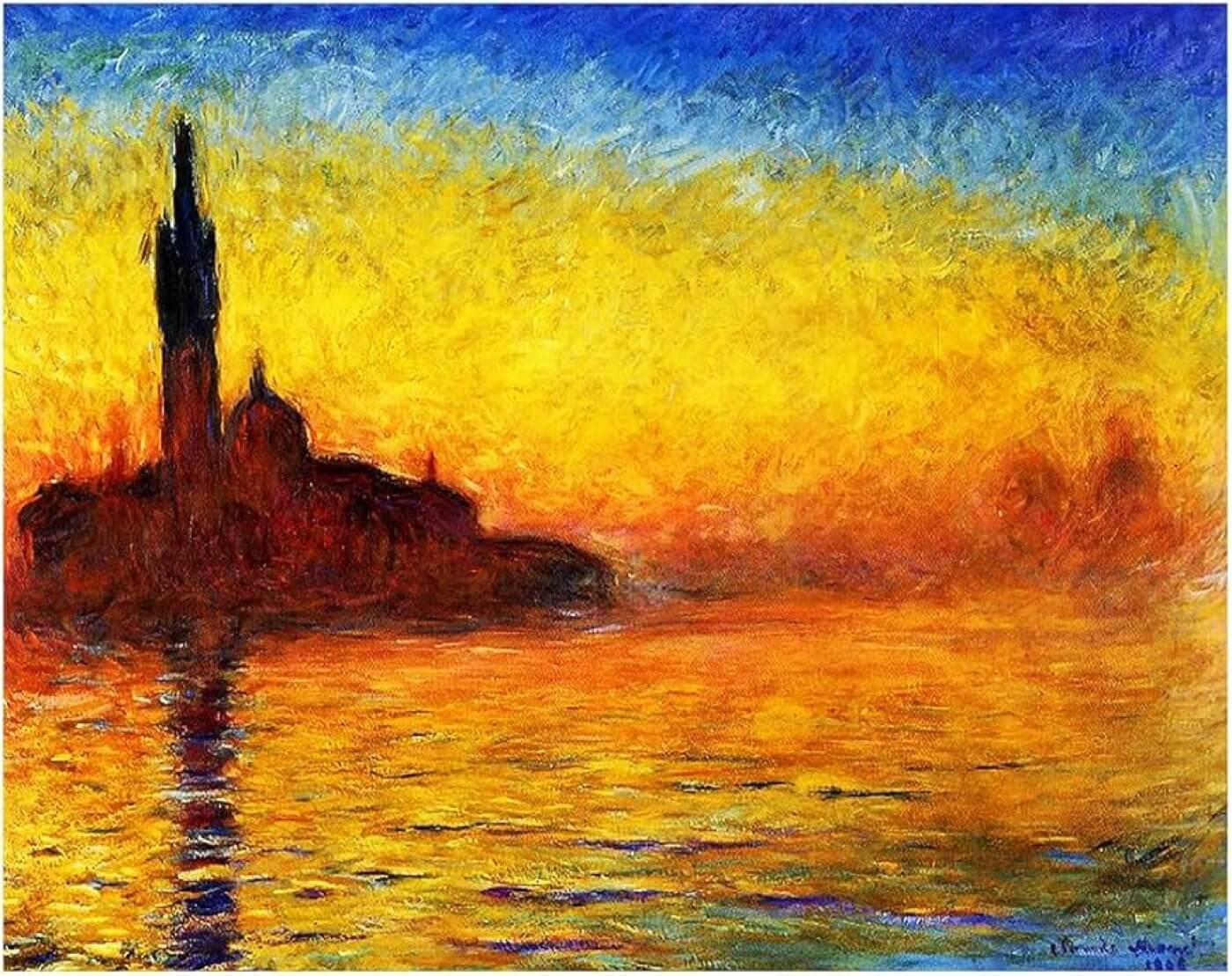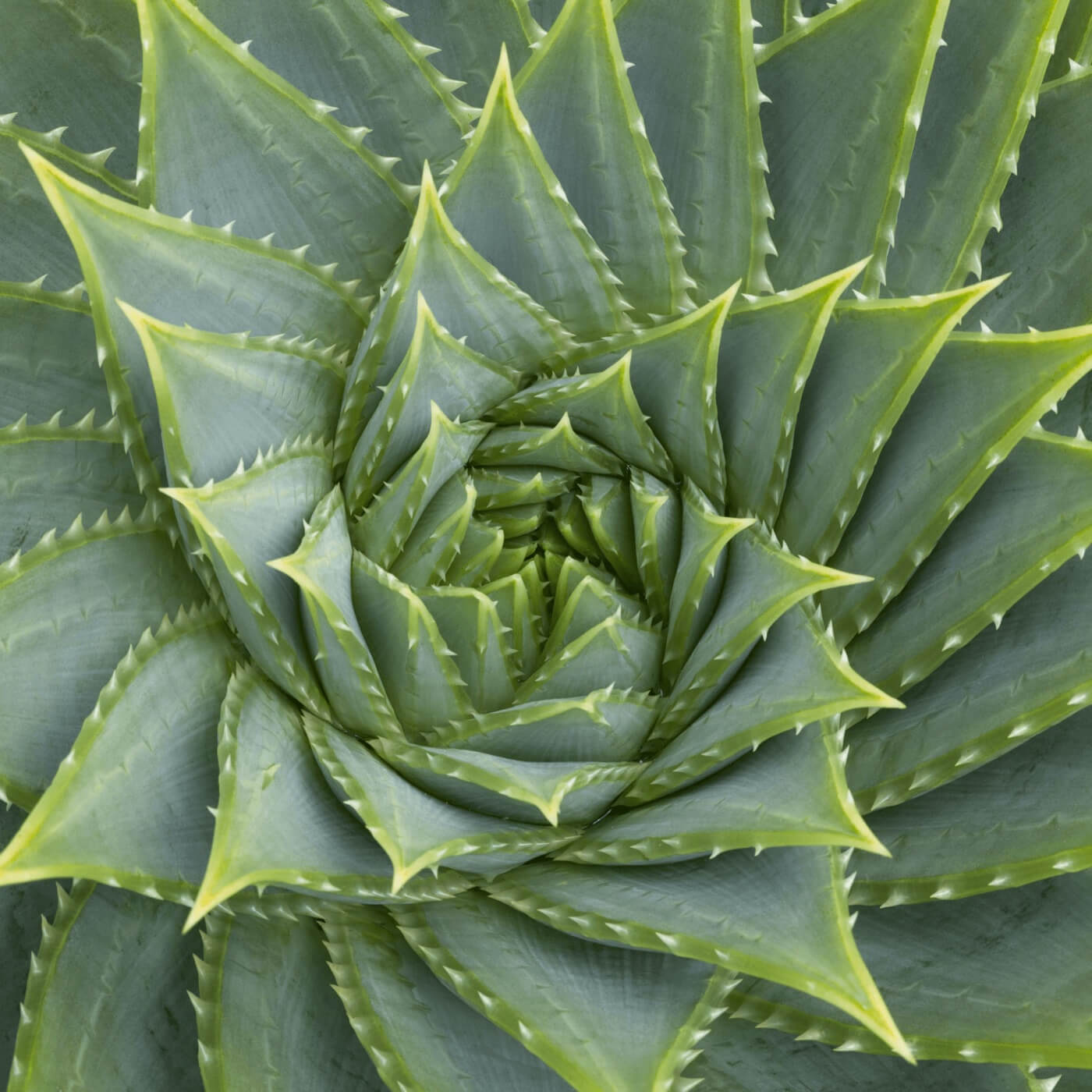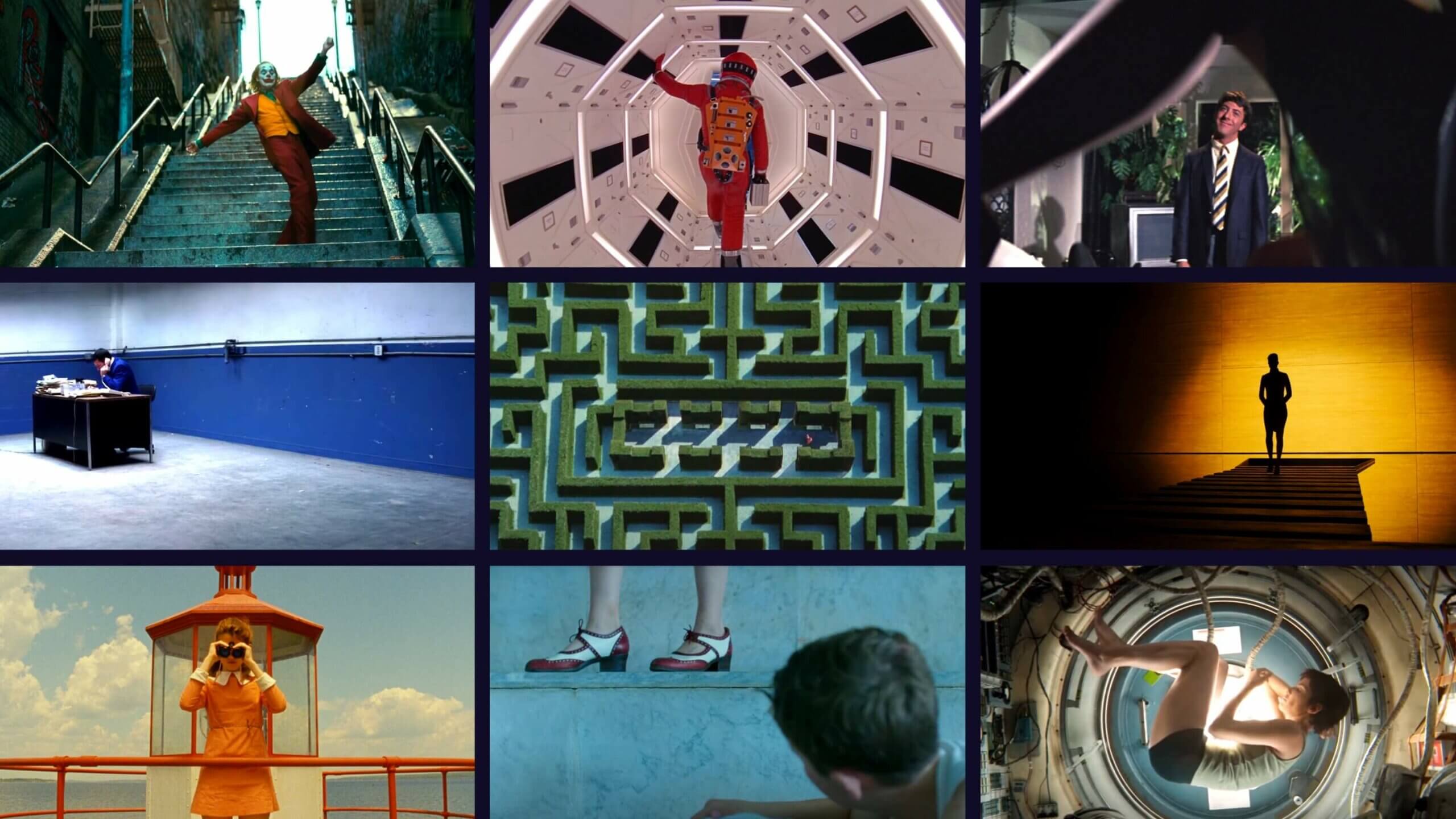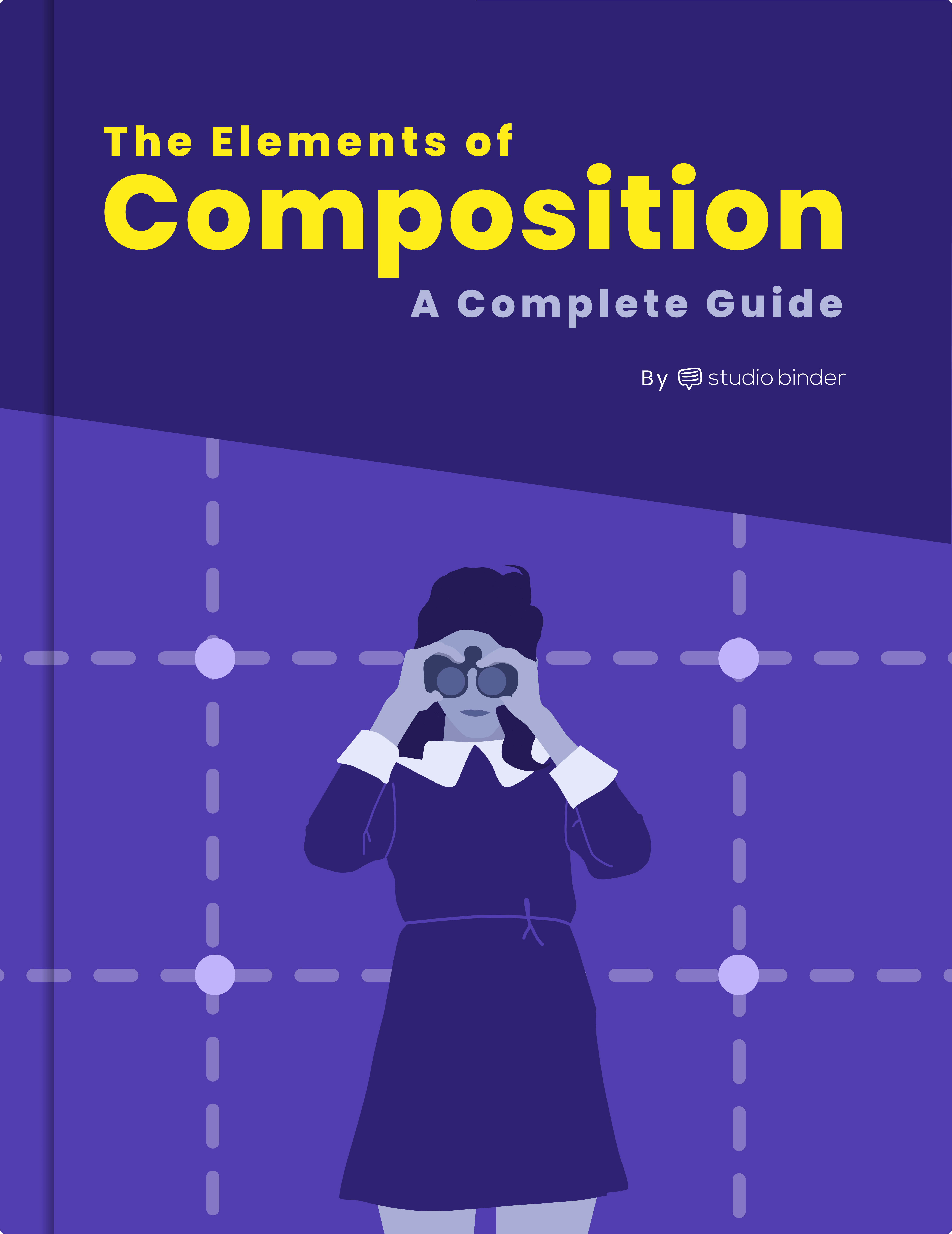Whether you are a painter, photographer, or filmmaker, composition is one of the foundational principles of any visual artwork. No matter what equipment you are using, composition and the principles of compositions are tools you always have at your disposal. So what is composition and why is it important to know? Understanding how to compose your frame or artwork will help you convey the emotion or story you want to your audience. Developing your eye for a great composition starts with learning the basic principles of it. So let’s dive in.
Watch: The Ultimate Guide to Composition
What is Composition in Art
First, let’s define composition
There are a few principles to keep in mind when creating engaging or beautiful compositions. Let’s get a solid foundation with a composition definition before we take a look at the various elements and techniques.
COMPOSITION DEFINITION
What is composition in art?
Composition in art refers to the arrangement of various visual elements in an artwork. These visual elements can be combined and placed in certain ways to create a specific composition. Composition is a means for an artist to convey specific emotions, stories, or meaning within a singular arrangement. While there is no singular rule for composition, there are various principles that artists utilize to create compositions that convey what they desire.
Types of Composition in Art:
- Contrast
- Symmetry & Asymmetry
- Positive & Negative Space
For a deep dive into all the elements of composition, download our FREE Ebook: Elements of Composition in Art, Photography & Film.
Free downloadable bonus
FREE Download
The Complete Guide to Composition Elements
When you master composition, you master the ability to tell a story, create a mood or deliver a message in a single image. Download our FREE e-book that covers the various elements of composition and the relevant techniques you can use to arrange, and compose the perfect image.
If you want your images to tell a story or conjure an emotion or speak to an idea, the language you'll want to use is composition. The grammar, nouns, verbs, and structures that we use in the written language can also be used when composing an image.
What Does Composition Mean
Contrast
Contrast in art is the technique of using unlike visual elements in juxtaposition to create meaning and intensify the characteristics of the work. Artists utilize various elements at their disposal to create contrast such as shadows, light, color, size, and composition.

There Will Be Blood • Contrast examples
Here's a great breakdown of the types of contrast, including conceptual contrast where two or more ideas are presented in a single image.
How Contrast Works in Composition • Sunny 16
Contrast has often been called the golden rule for creating art as it is one of the best tools to engage a viewer and create meaning within a single work. This aspect of contrast can be created by artists by using light and shadow, complementary colors, contrasting sizes, and even contrasting subjects.
What is Composition in Art?
Positive Space
Positive space is a term used to refer to the areas of interest and focus in a piece of artwork. This space is often the subject of a work of art such as a person, landscape, or object. Even in abstract art work where there may not be a singular subject, shapes and patterns can become positive space.
This is the opposite of negative space, which is the area that surrounds the subject and points of interest and is often empty or lacking detail.

Composition painting • The Great Wave off Kanagawa by Hokusai
Positive space is used in composition to create balance, fill the frame, engage the eye, and create meaning. Our eye is naturally drawn to the positive space that exists within a composition. Understanding how to use positive space with intention can help you achieve your desired effect on a viewer through your composition.
Composition Types Art
Negative Space
Negative space is a term used in art to describe the space surrounding a subject. Also called white space, it is typically empty and lacks details as to simplify an image. Negative space surrounds positive space in a work of art.

Marrowbone • Composition in photography
In photography and cinematography, empty space can be used for psychological effect, making it a great storytelling device. When using this technique, many photographers frame the subject from further away. This makes them smaller in the frame and creates space around them.
Types of Composition in Art
Fill the Frame
Filling the frame is the technique of composing an image so that positive space takes up most or all of the frame. Basically, it eliminates any and all negative space in a composition.
Positive space, commonly a single subject, is framed close up so that it literally fills the frame. Filling the frame can be accomplished by getting closer to a subject, using zoom lenses, macro lenses, or cropping an image during editing.

Fill the frame composition examples • Blade Runner
This technique is used to direct the viewer’s focus and attention, accentuate simplicity, focus on detail, and to create emotional impact. Learning how to fill the frame can create stand out shots in your photography series of film.
Composition Types Art
Radial Balance
Radial balance is the arrangement of visual elements around a central point. This specific type of balance is circular in nature, as visual elements radiate from a central point.
As the visual elements radiate, they form an orderly pattern that can add depth, evoke a sense of movement, and create a focal point in an image.

Composition in photography • Radial balance
Radial balance in composition can be used to create a central focus point for a viewer, evoke a dynamic sense of movement, and build visual harmony.
What is Composition Used For?
Simplicity
As it pertains to art, simplicity is the philosophy and practice of creating only what is necessary within a work of art. Simplicity depends greatly on both the artist and what they are expressing through their medium. The artist must decide what is absolutely necessary within their work of art and what is not. The artist strives for simplicity by discarding what is unnecessary.
Simplicity should not be mistaken for simplistic, which is the use of rudimentary techniques or subjects. Simplicity refers to an artist's intentionality with the content of their work. Simple paintings, photographs, or films can still carry complex meaning.

Blade Runner 2049 • Art with good composition
Why would an artist utilize simplicity in their work? Simplicity can be a tool to clarify an artist’s message, more deeply engage an audience’s eye, or even distill sophisticated ideas or concepts.
What is Composition Used For?
Scale
In art, scale refers to the size of one whole object in relation to another whole object. Artists use large scale art and small scale art to create different effects on a viewer through their perception of size.
Human beings have an innate perception of size. Because people often use themselves as a baseline of comparison, artists use scale to create different effects through their art.

Scale in art • Composition in photography
When artists create a work of art that is larger than a human body in size ratio, it is considered large scale art. Large scale art can create an impression on a viewer from its sheer size.
On the other side of the spectrum of scale is small scale art. Small scale art is often used to draw focus to detail and intricacy within an artwork. Because small scale artwork is much smaller than the human body, viewers can look at the piece from vantage points they wouldn’t have otherwise.
What is Composition in Architecture?
Proportion
Proportion, on the other hand, refers to the relationship between the different sized components within one whole composition. However, proportion itself refers to components within a singular composition such as an architectural design or a statue.
Take for example, the Pantheon in Rome, Italy. While its scale compared to the human body is large, its proportions within its architectural design are defined by components such as the columns, walls, doors, etc.

Pantheon • Proportions
In specific mediums such as paintings, photography, and cinema, proportions of a singular composition can be used to create scale. It’s important, however, to understand the difference between scale and proportion.
Foreground Composition Meaning
Foreground elements
Foreground elements are visual elements that are positioned between the camera and the subject. An image can often be divided into three sections: the foreground, the middle ground, and the background.
The middle ground is often (but not always) the subject of the image, the background is what falls behind the subject. And the foreground is what is in front of the subject.

Her • Foreground elements
Foreground elements are used in painting, photography, and cinematography to add depth, provide context, or create unique compositions.
Rule of Thirds Composition Meaning
Rule of Thirds
The Rule of Thirds is the process of dividing an image into thirds, using two horizontal and two vertical lines. This imaginary grid yields nine parts with four intersection points.
When you position the most important elements of your image at these intersection points, you produce a much more natural image. It is also suggested that any horizon is placed on either the top horizontal line or bottom horizontal line.
Understanding the Rule of Thirds • Adobe Design Principles Course
Off-center composition is pleasing to the eye because it’s typically where the eyes go first. When there is a subject or object off center, it also gives viewers the ability to interact with that space between them. This allows for interpretation and conversation between the subject and the background, as opposed to a fully centered subject.
Related Posts
Asymmetry Composition Meaning
Asymmetrical Balance
Asymmetrical balance is the technique of using differing visual elements of unequal weight on both sides of a composition to achieve a sense of balance.
The sense of balance from the differing visual elements can be achieved through the decisions an artist makes. For example, where they position positive and negative space, the colors they use on both sides, lighting styles, or even the textures they create.

San Giorgio Maggiore at Dusk • Claude Monet
Asymmetry might simply seem to be the opposite of symmetry. However, there is much more that goes into asymmetrical balance than that. Asymmetrical balance can achieve visual variety, evoke a sense of movement, and create greater intrigue to a specific space within a composition.
What Does Composition Mean for Symmetry?
Symmetrical Balance
Symmetrical balance is achieved in a work of art when visual elements are arranged on both sides of a center line in equal weight. This concept of balance, also called formal balance, can be thought of as a mirror image of one half of a work of art on the other half.
Symmetrical balance is used to create formality, stability, or creating a focal point within a composition. A great example of an artist who uses symmetrical balance consistently is auteur director Wes Anderson.
Wes Anderson Symmetry & Editing Techniques • Subscribe on YouTube
To determine if an artwork uses symmetrical balance, draw a line through the center of it and compare each side. If the weight and position of the positive and negative space are the same on both sides, symmetrical balance is achieved.
Composition Visual Arts
Golden Ratio
The Golden Ratio, also called the Divine Proportion or Golden Section, is a principle in mathematics used to express the ratio of a line segment divided into two segments of different lengths whereby the ratio of the complete segment to the longer segment is equal to that of the ratio of the longer segment to the shorter segment.
The ratio is mathematically used to express (1 + √5)/2, often denoted by the Greek letter ϕ or τ and verbally as ‘phi’. Numerically, the irrational number is approximately equal to 1.618.

Golden ratio and Golden spiral
Many describe the ratio as the most pleasing proportions to the human eye. Thus, it is incorporated into much of man-made design such as architecture and art, but it can also be found in the natural world. This Divine Proportion can be found in mathematics, nature, architecture, and art throughout history.

Golden ratio and Golden spiral
The Golden Ratio has taken on a bit of a mythical force as many have claimed to find it across mathematics, science, and art. However, you cannot help but wonder if the idea of it as the most pleasing proportions to the human eye has led to approximations of the ratio in what we see to pass as the Golden Ratio.
Up Next
Rules of Shot Composition in Film
If you are a filmmaker or cinematographer looking to learn about composition as it pertains to cinema then check out our next article. We dive into the rules of shot composition within cinematography and how each principle can be a unique storytelling device.
Up Next: Rules of Composition →
Share your vision with elegant shot lists and storyboards.
Create robust and customizable shot lists. Upload images to make storyboards and slideshows.

